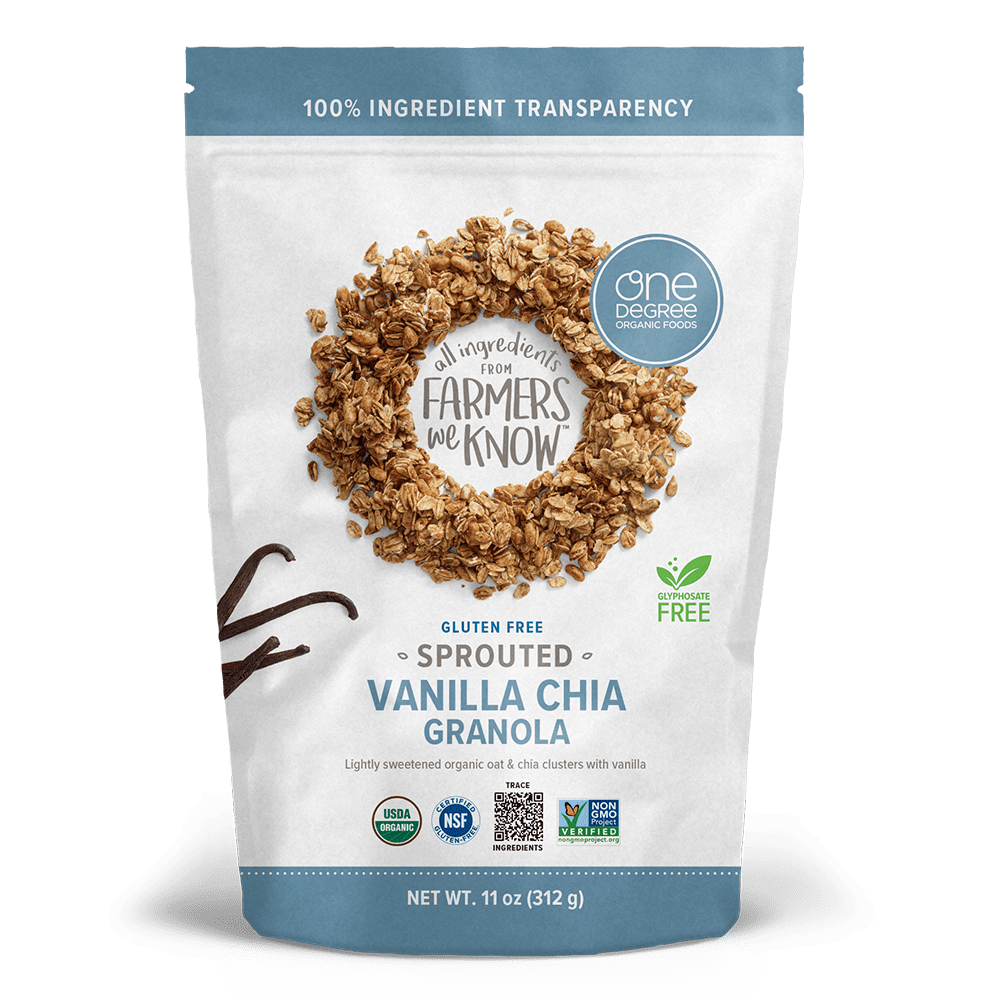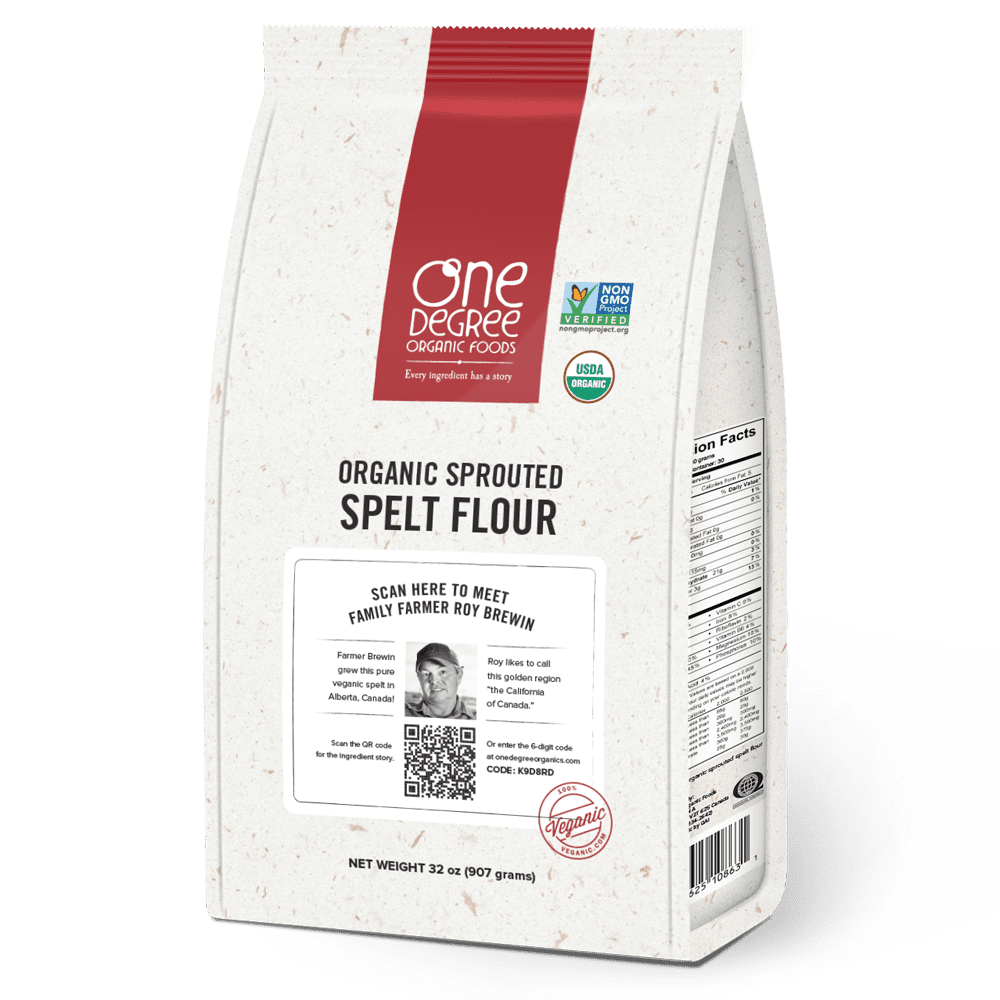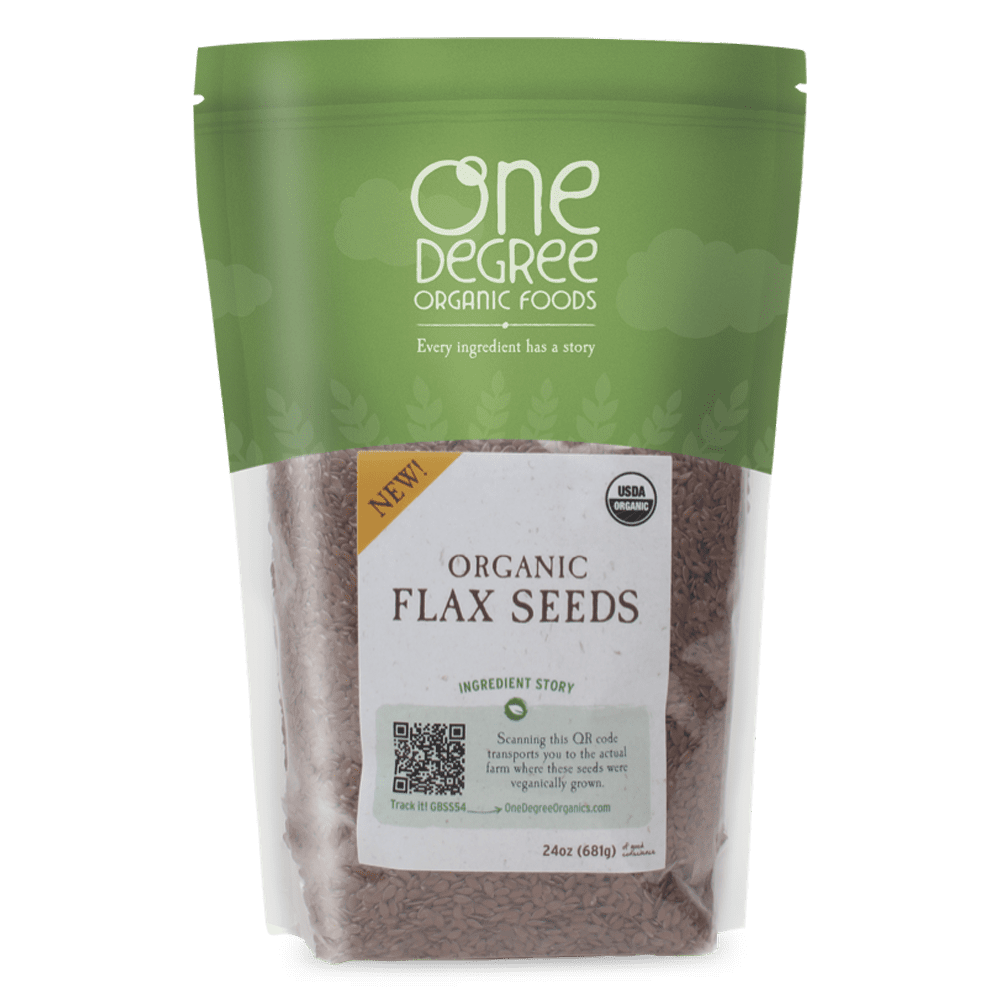Tripper Nutmeg
Pumpkin pies and world history have something in common: They’ve both been revolutionized by a spice originally grown on a few tiny volcanic islands in the Indonesian archipelago.
For the love of nutmeg, European royalty sent explorers and armadas around the world. For the love of the nutmeg trade, the Dutch ceded Manhattan to the English. For the love of nutmeg and clove, cinnamon and pepper, Magellan circled the globe and Columbus sailed into a new hemisphere.
Empires have risen and receded, the world is no longer flat, but the simple nutmeg still grows on Siau Island, indifferent to its place in the grand historical story. Life sways to simple rhythms, governed by tides, trade winds and customs refined over many generations.
Between the placid landscape and a lucent equatorial sky stands Karangetang volcano, the fortress from which nature will occasionally fire an angry fusillade high above Siau’s steamy tranquility. In 1984 the peak stirred, dusting the island’s nutmeg trees with ash and prompting a mass exodus to the beach. In such forced exile from the land, it was almost as if the Dutch mercantilists had returned, with their flaming cannons and ruthless schemes of conquest.
Lately Karangetang has fallen silent, and so this day, like most days, farmer Erasmus Rompah walks freely through his nutmeg grove, watching the delicate apricot shapes that decorate each branch as they slowly ripen into bright yellow fruit. Erasmus’ world is bigger than Siau; there is a hint of history and cosmopolitan adventures in his story. In younger days, he sailed throughout the Far East on cargo ships that carried Indonesian lumber. After 11 years at sea, he returned to Siau to tend the family’s land, and soon to marry.
His parents named him for Desiderius Erasmus, the famous Dutch renaissance theologian. But his friends have long called him Thomas, based on another great theological reference: In life and in business, he wants to see it to believe it.
It is a philosophy he is confident many consumers share as well, and so Erasmus has warmly welcomed the One Degree family into his home and onto his land. “My first memories of nutmeg were when I was 5 years old,” he told us as we walked among soaring emerald colonnades. “As I grew older, I was always fascinated by this plant, and was eager to learn from my father the family tradition of growing nutmeg.”
The generational roots go deep in the land. Erasmus’ family has been tending the grove for 130 years; many of the trees have been standing for just as long. And it is not only nature that thrives in this pure, organic place: Erasmus’ grandmother Augustina is 105 years young.
His venture’s sustainable organic practices are what first caught the attention of Tripper, Inc., a company founded by a French family to export Indonesian spices to a world. Tripper recruited Erasmus, who in turn began coordinating the production of nearly 30 other family farmers in the community. Each farmer commits to chemical-free organic methods. As Erasmus explains, it’s a choice that the farmers never regret:
“Once you begin farming organically, the quality of the crop reassures you that you have now chosen a far superior way to produce a full, healthy harvest. The quality is much better with organic cultivation. You can see the way the nutmeg shell is shinier, and the mace is a deeper shade of red.”
Nutmeg and mace are harvested from the same tall evergreen. The yellow fruit holds the coveted sweet nutmeg seeds, which are surrounded by waxy scarlet bands that are used to make the slightly more savory mace, an ingredient popular in recipes ranging from desserts to curries.
“After the fruit is picked from the trees, we split it open right here in the field,” says Erasmus. “The workers then bring the fruit to my house, and work to separate the mace from the nutmeg. The mace and nutmeg are dried separately. It takes 3 hours to dry the mace. For nutmeg, it takes 5 days.”
Erasmus clearly enjoys showing each detail of the process, from cultivation and harvest to drying and packaging. “He’s very proud because this is the first time he has got a visit from Americans or foreigners just to see him,” our translator smiled.
It is the history of nutmeg, and its central place in the unfolding of what we know as civilization, that makes this heartfelt commitment to transparency all the more remarkable. After all, the first Europeans to see the majestic nutmeg tree had a very different perspective on traceable ingredients. The Portuguese claimed this constellation of jeweled islands in 1511. Soon after, Portuguese cartographers distributed false navigational maps of the surrounding waters with one purpose: To ensure that other explorers in search of the fabled spice would find not the truth, but instead the sharp edge of a reef, their dreams of nutmeg disappearing into the sea.
— Charlie Dodge





